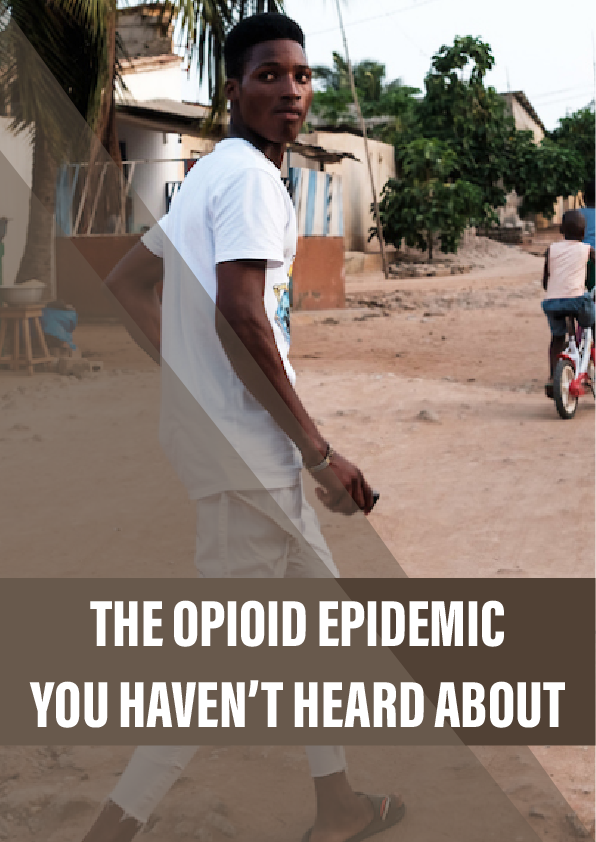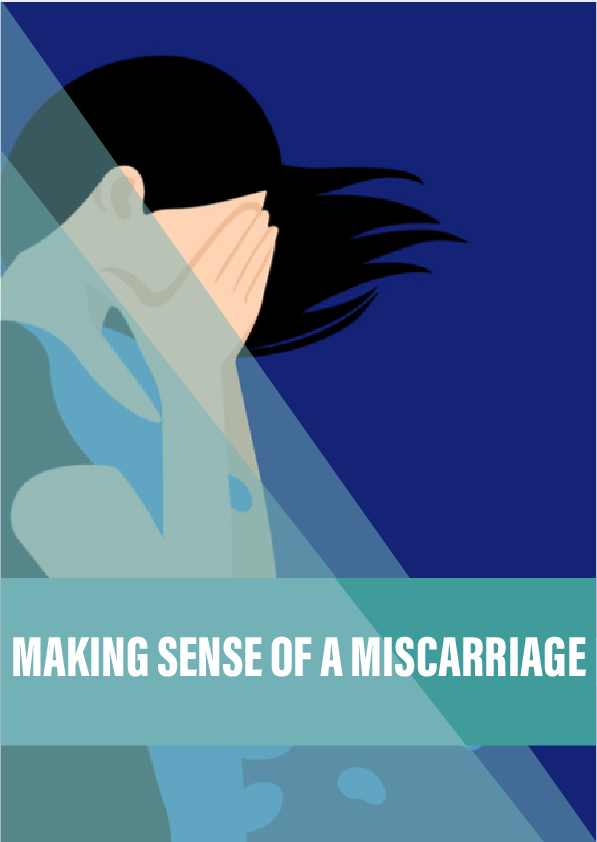Ayao* is a tall and well-built 15-year-old, and like many his age, he is very particular about his appearance. He wears a white T-shirt with a colourful design on the front, white trousers and Kappa slip-on sandals. He likes to put a lot of effort into grooming his stylishly cut hair. When I meet him at his family’s simple one-storey brick house in Lomé, Togo’s capital, he stands in his room looking into a tiny mirror, wincing as the comb gets stuck.
Ayao works for a company that sells drinking water. He gets up at five to load transport tricycles with heavy bags of water sachets, and then delivers them to shops in the local area. Before starting this morning, he took two white tramadol pills, each with a stated dose of 225 mg.
For four years now, Ayao has been taking between 450 and 675 mg of tramadol almost every day. The maximum daily dose recommended by doctors is 400 mg.
“When I take it, I feel like I can do anything. Nothing seems impossible,” Ayao says. “If I do not take it, I am not strong. It does not feel good.” When he has taken the drug, he speaks so quickly that he stammers and trips over his words.
Tramadol is a synthetic opioid used to treat moderate to moderately severe pain. It’s relatively safe, cheap and widely available compared to other opioid painkillers, and is given to patients with cancer, after surgery or in cases of chronic pain. In Togo and many other countries, it’s listed as an essential medicine – one that the healthcare service should have available at all times to meet the population’s needs.
It also has other effects. It can be a sedative, but if taken orally at high enough doses, it can produce a stimulating euphoric effect similar to heroin.
Reference:
- This NHS overview offers guidance for patients taking tramadol. The UK’s Talk to FRANK website has information on the effects and risks of tramadol when used recreationally.
- A 2019 paper looking at the popularity of counterfeit tramadol in Egypt and West Africa.
- A 2019 paper that looks at some of the reasons why tramadol is valued by physicians in West Africa.
- The UNODC’s latest World Drug Report. Global seizures of tramadol jumped to a record high of 125 tonnes in 2017.
- An overview of the WHO’s three-step pain ladder.
- A guide from the US Centers for Disease Control and Prevention on sickle-cell disease.











